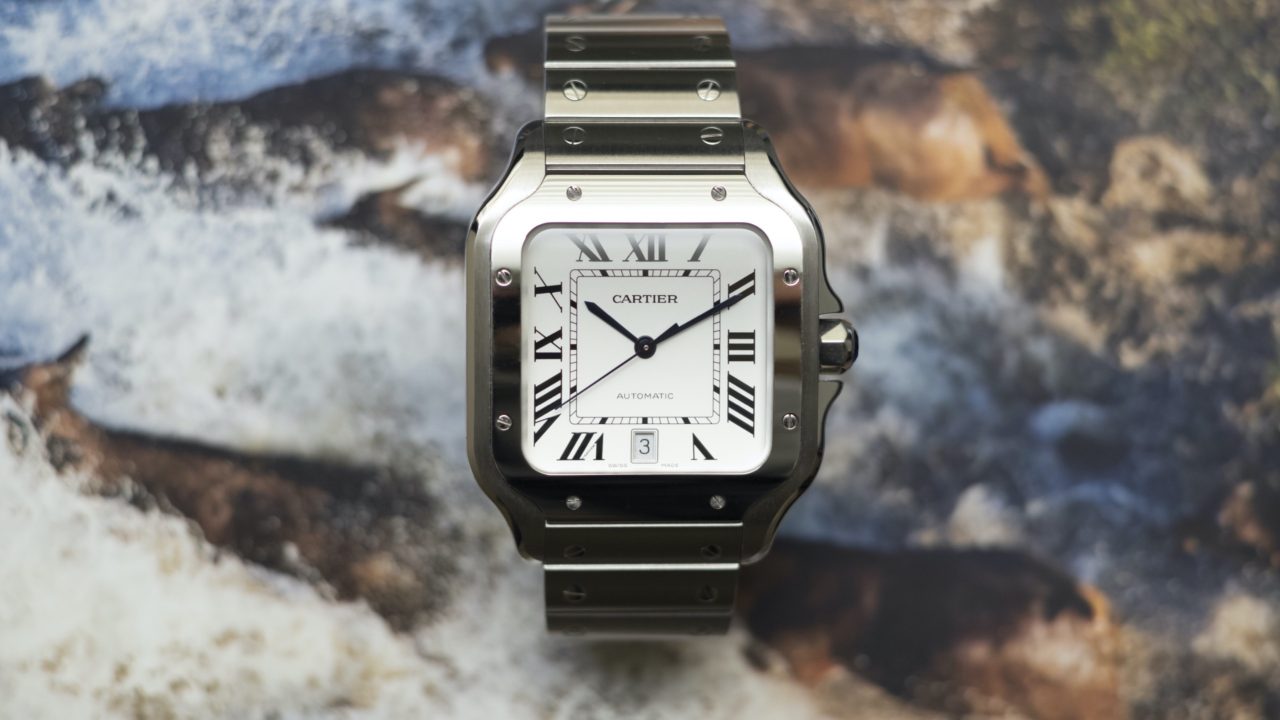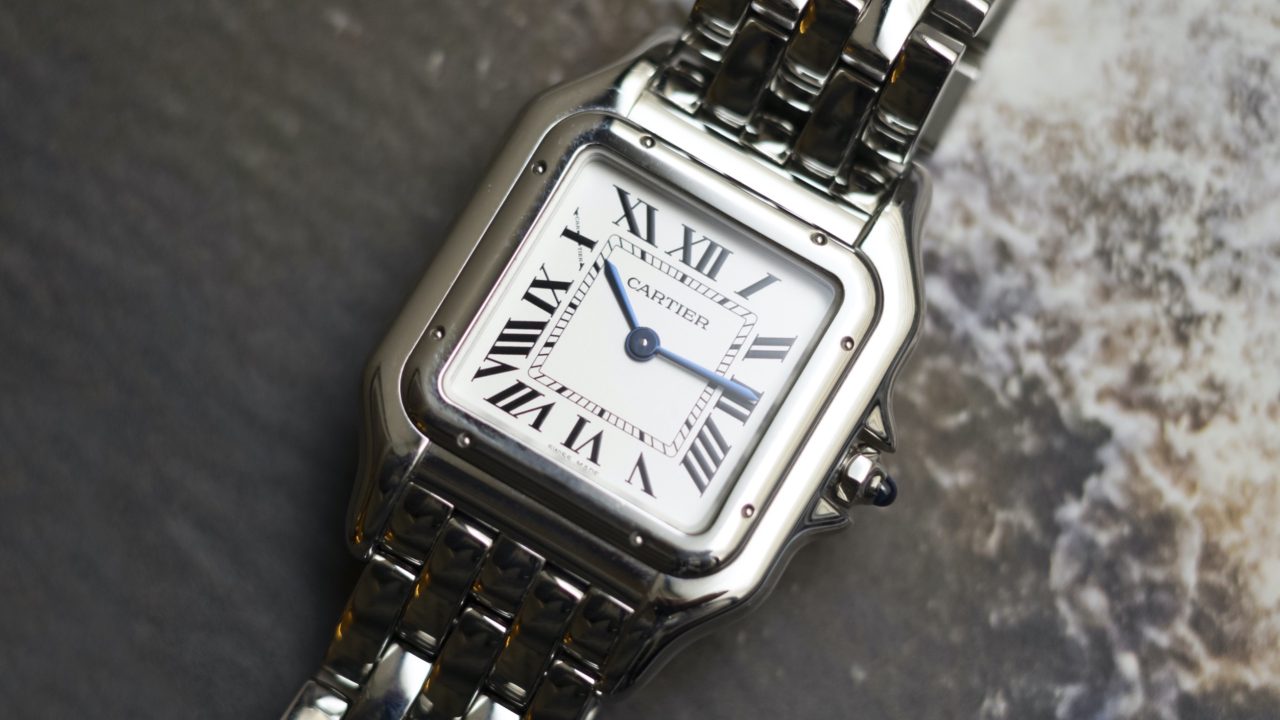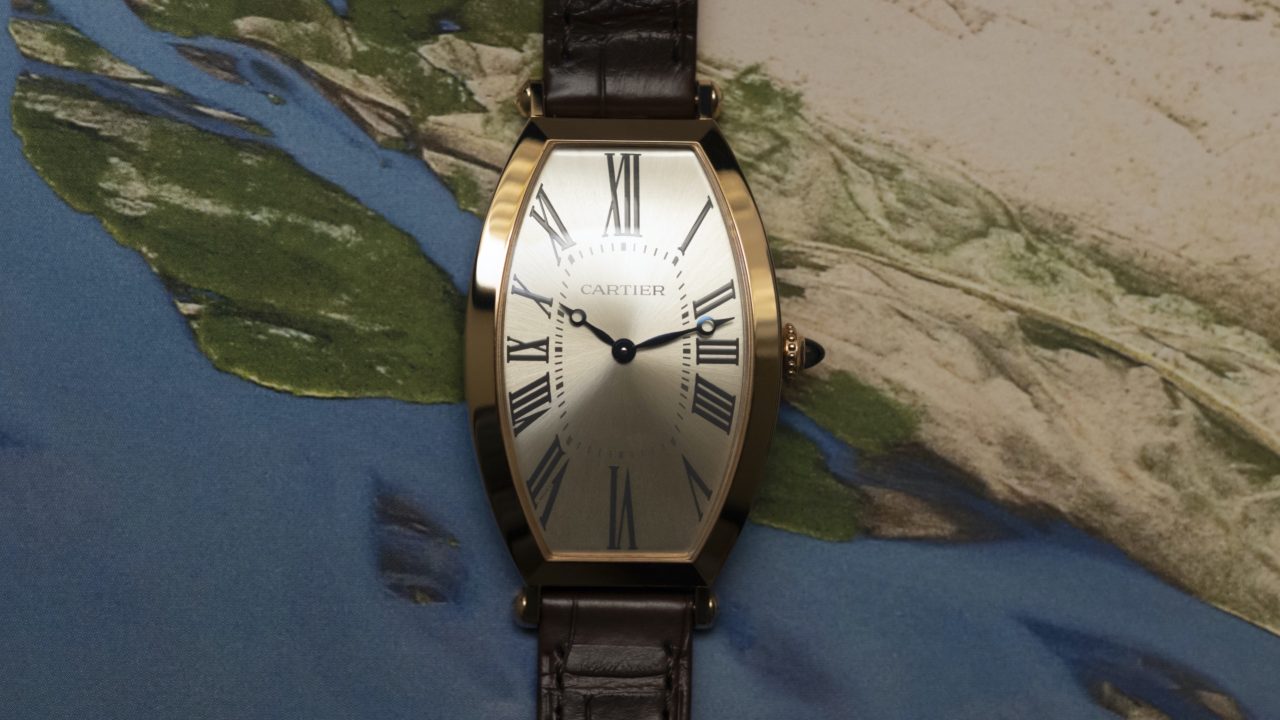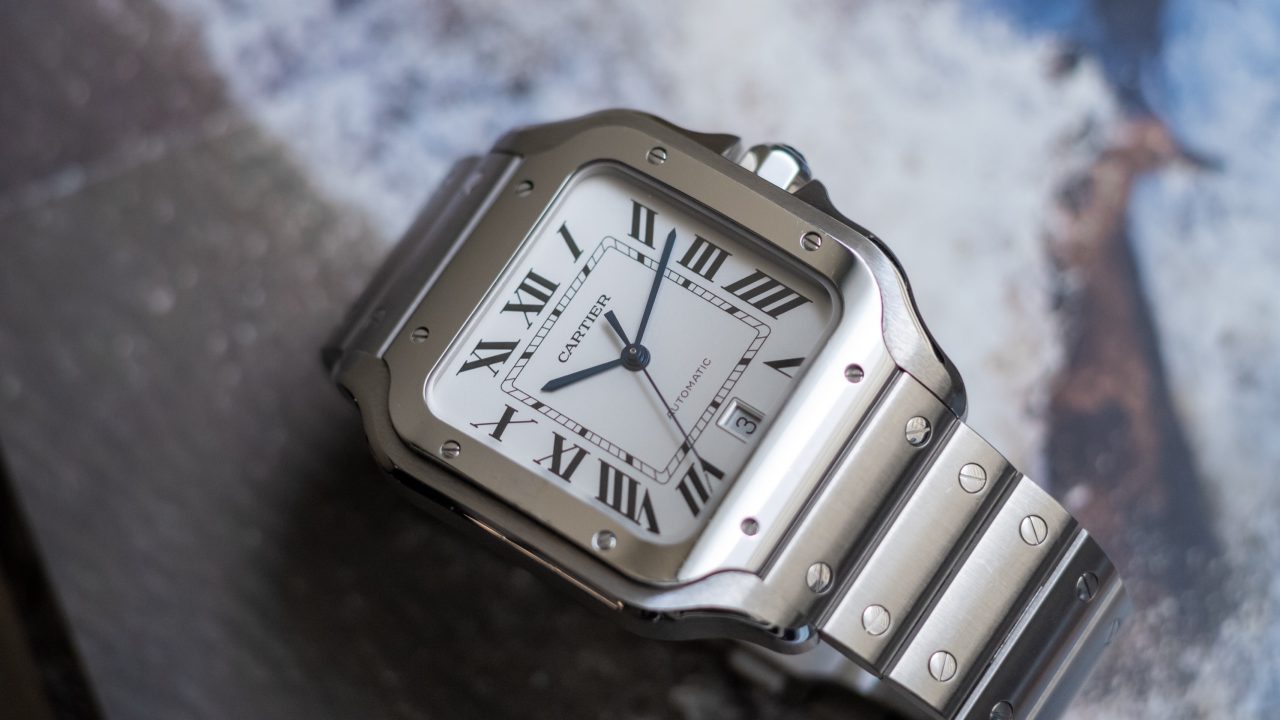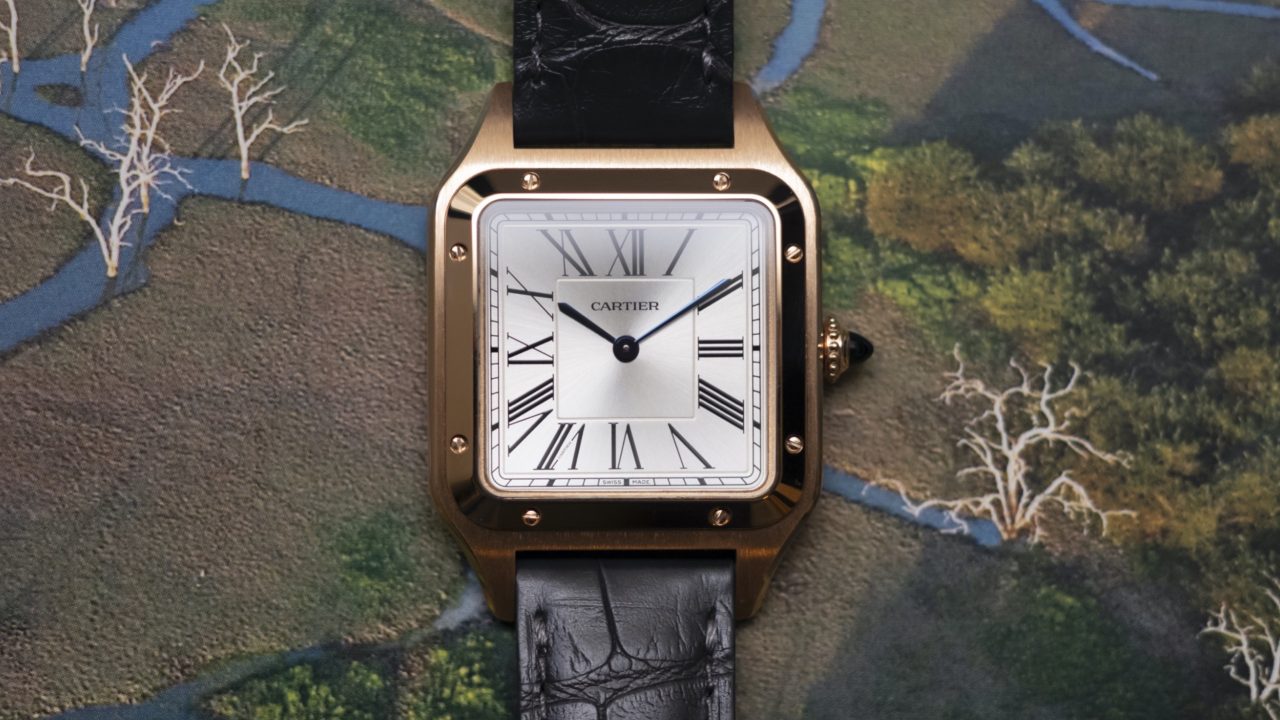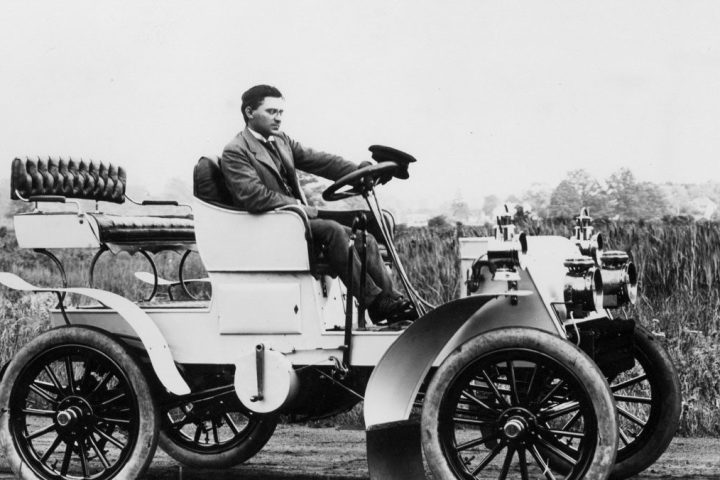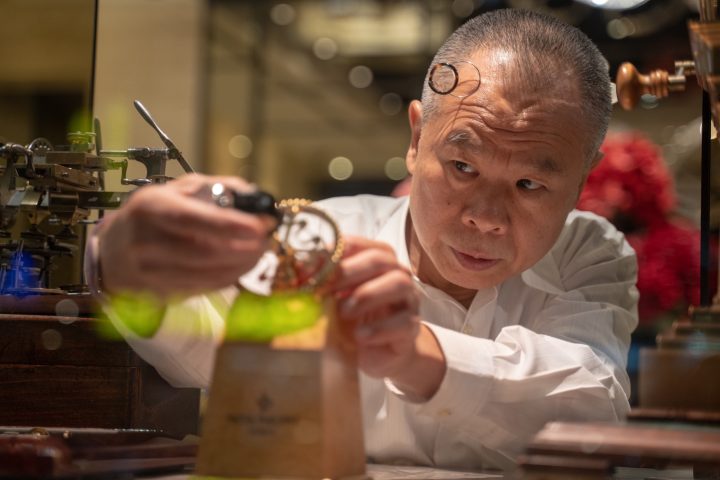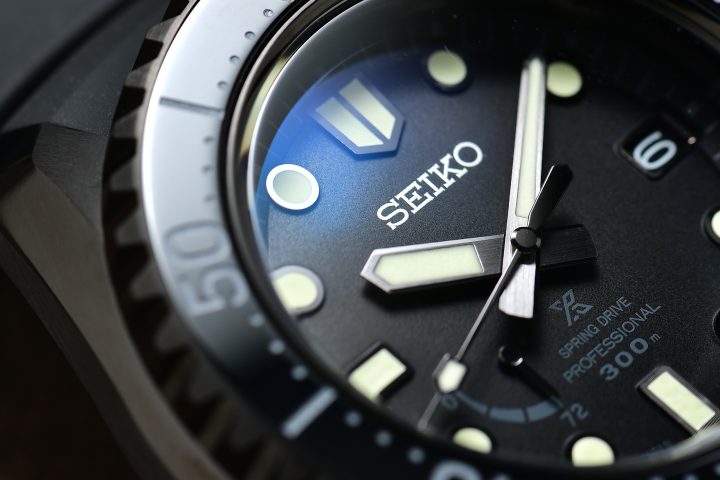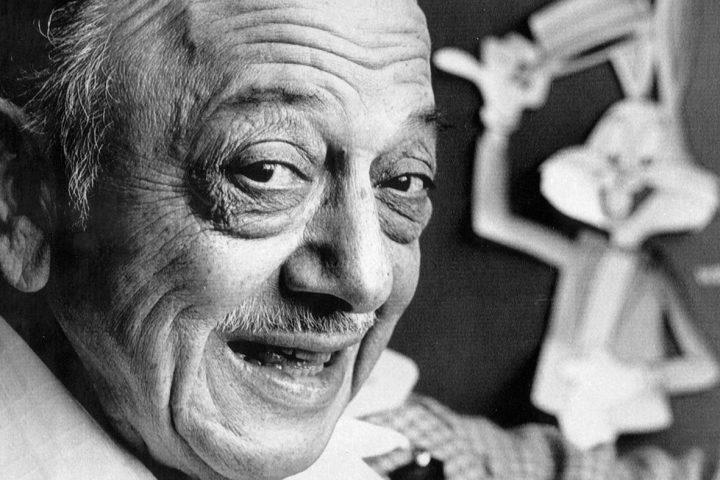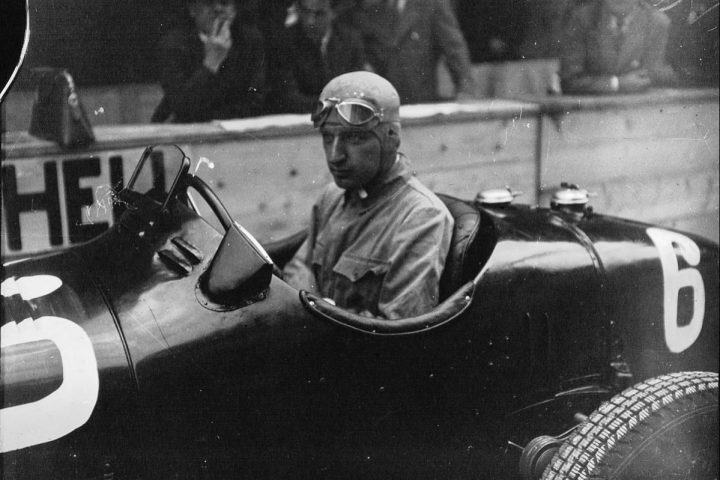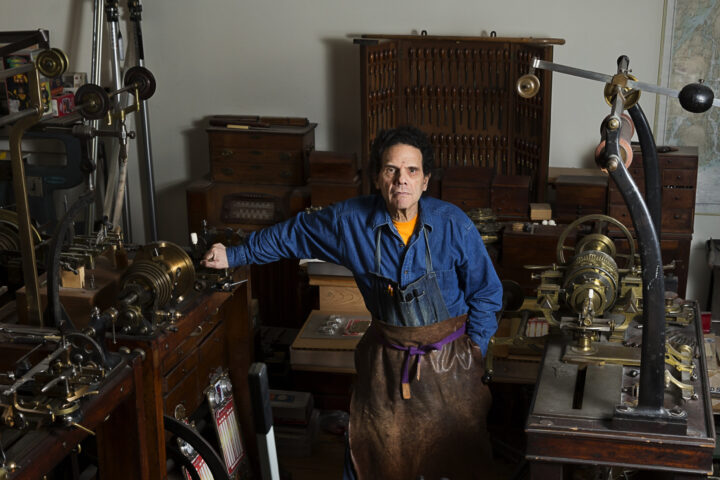There truly are few maisons with the international recognition that Cartier has cultivated for more than a century. Founded in 1847, and known as “The King of Jewellers, and Jeweller to the Kings”, its impact on watchmaking has been profound from a stylistic standpoint; today’s timepieces can find their roots and inspiration throughout the maison’s extensive archives, and collections such as Santos, Tank, Panthère, to name just a few, genuinely deserve to be called icons. How does such an historic maison tackle the modern challenges of not only preserving this legacy, but also reaching a younger generation that has been exposed to these watches and jewellery in a very different and rapidly evolving manner? To shed some light on Cartier’s strategy and values, as well as the challenges they face, we had some time with Arnaud Carrez, Cartier’s International Marketing and Communications Director for the past five years. Mr. Carrez has almost two decades’ experience with the maison, which has taken him to posting all over the world, from France to Japan, Switzerland, Hong Kong and back to France to fulfil his current position.
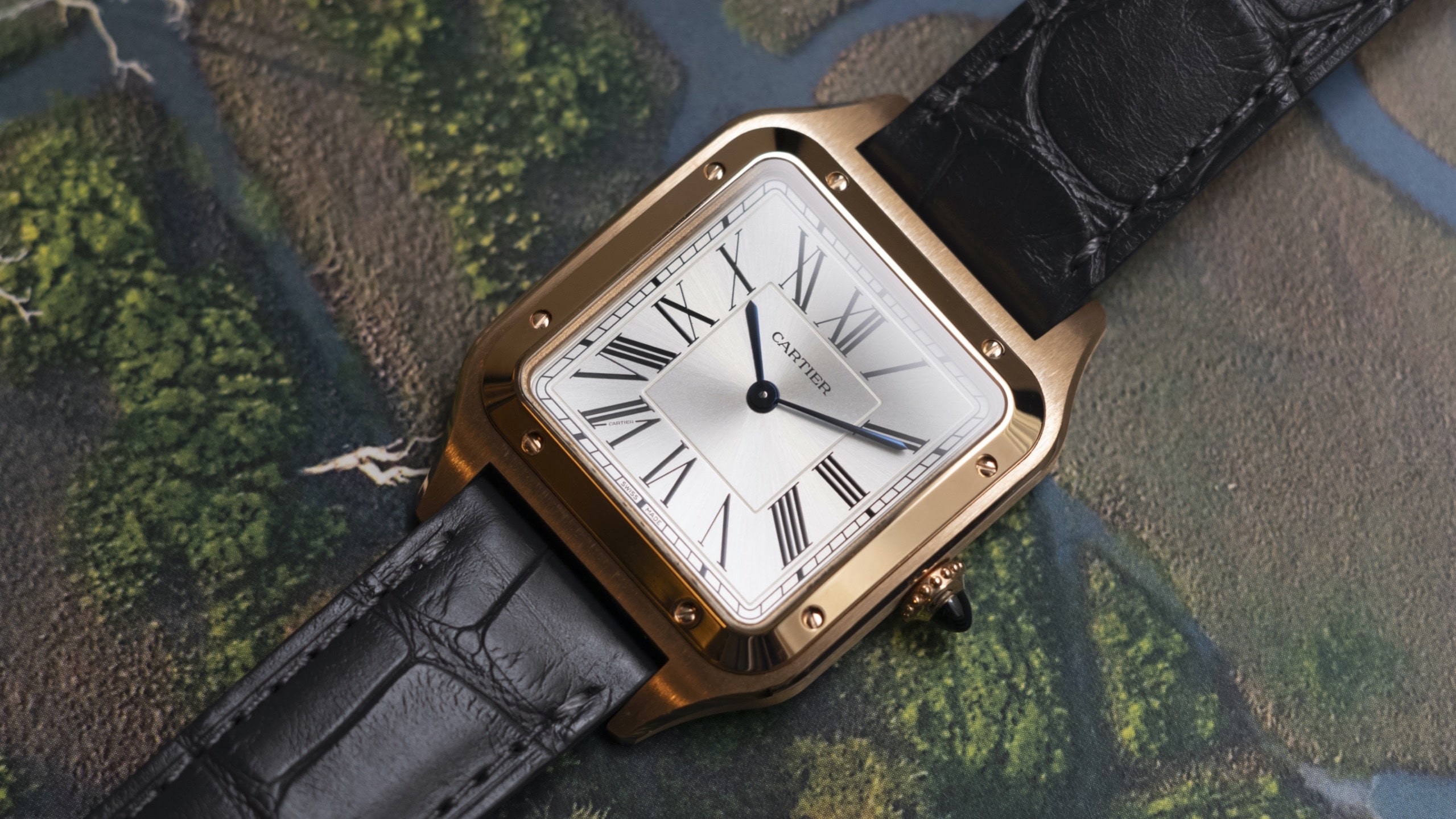
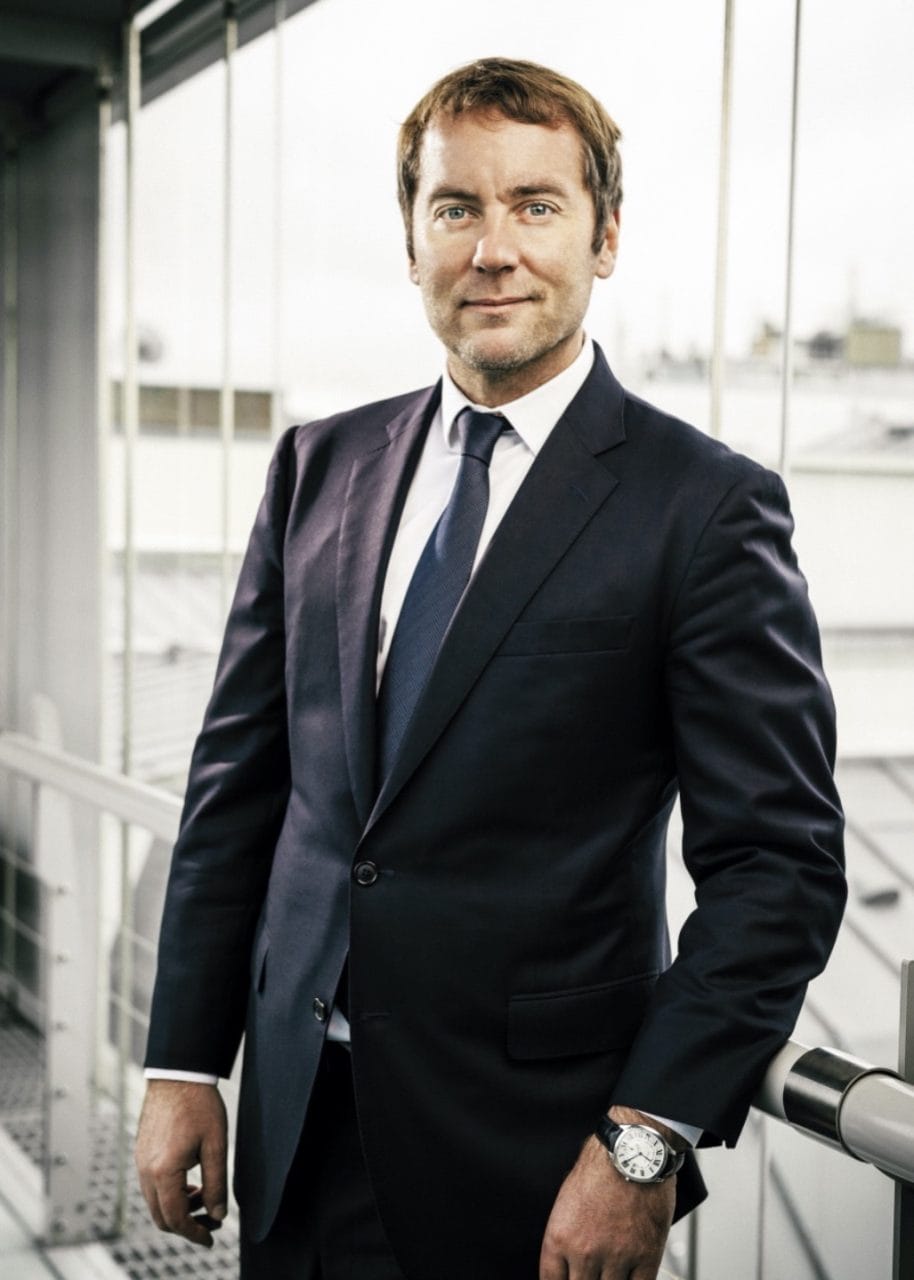
Sean Li: What are the driving factors for Cartier today, specifically on watchmaking? There’s been a change in focus, more commercial rather than haute horlogerie; what’s driving those choices?
Arnaud Carrez: So the starting point is the work that has been done regarding Cartier’s identity. When Cyrille [Vigneron] arrived, there was a lot of work being done on clarifying Cartier’s identity. And that’s where we came to say, Cartier is first and foremost a jeweller, and a watchmaker; Cartier is a maison which is dominantly feminine, therefore it should address men with elegance, with sophistication, and with refinements. So that was really the starting point. Specifically on watches, there was a lot of refocusing in terms of product: we’ve streamlined the collections, and we’ve been ensuring over the last two to three years that everything we are doing is contributing to make Cartier more distinctive, more singular because we have a different positioning in the world of watchmaking. By our history, by our birth, the fact that we are a jeweller gives a special tone, special positioning to our watchmaking. Cartier should be distinctive in everything the maison is doing, which means in terms of product, we should focus first and foremost on our iconic collections, because we have amazing collections. As you have seen, focusing on them, managing to reinvent, reinterpret them in the right manner proves to be very successful. Santos and Panthère are very successful so far, and results are exceeding our expectations. So that’s our first mission, to continue to create timeless creations, and nurture our iconic collections. The second element is that Cartier being a creative watchmaker, we should continue to affirm our creative vitality, which we are doing with Cartier Privé, with Cartier Libre, what we are doing, and Panthère Figurative definitely reflects on this mission to continuously push the boundaries and be creative, because it is our DNA.
SL: We could certainly say that trying to be creative for the sake of it is not necessarily the best idea, but at some point there’s only so many iconic collections that you can keep going. When can we expect to see Cartier looking towards something other than the current icons?
AC: What I can tell you is the strategy has proven to be very effective. And therefore, we will continue in that direction. Having said that, we are, as I was saying, a creative watchmaker, so it does not mean that we will continuously nurture only our existing collections. We will have more novelties to come, but again, reviving an existing iconic collection is an even bigger challenge than just launching a novelty. If you look at what has been done on Santos [in recent years], it’s a complex exercise. The watchmaking industry is also changing; the whole industry was probably acting like the fragrance business, there were too many novelties on the market, there was a kind of “fuite en avant”, a novelty chasing another novelty. At the end of the day, nobody remembers who is launching what, there were too many novelties, and I think it probably applied to us as well, so it’s, again, finding the right balance between, on one side, being committed to nurturing our iconic collections because they are very critical in terms of image, and in terms of business, at the same time continuing to be perceived as a brand, a maison that has this ability to push boundaries to come up with innovative designs; it’s really about managing both missions. It was very important for us, as part of our transformation, to reactivate and to come back on our iconic collections because they are the founding pillars of our watches. This is done, and there will be other things to come in the following years, but that was really a first step which was very important for us. And it works.
SL: How do you make it work then? Because the customer profile is changing, evolving. You have these icons that will appeal to people who have known the maison for a number of years, but there’s a younger demographic that doesn’t necessarily know them or appreciate them the same way. How does the marketing change? How is Cartier being positioned in terms of the image towards these younger consumers?
AC: The starting point is that Cartier is a maison which is deeply rooted in its times. If you look at Cartier’s history, we’ve always been very, very curious about the world, very open to the evolution of the world, and that enables us to always be relevant with the changing desires, changing needs, of our clientele. The second element is that, at Cartier, we respect our heritage, we continuously enrich it, and we are very careful about being relevant, and modern, in what we are doing. Iconic collections play a big role, but there is no nostalgia at Cartier; we are a maison that is permanently in motion. And if you look at the way we launched Panthère two years ago, the way we launched Santos last year, we brought modernity and relevance to mythical, legendary icon collections. Our communication platforms are very modern, very contemporary, and we managed to engage with many different generations. If you look at Panthère, which was launched in the 80s, it was the watch of my mother, grandmother, and the starting point was to find the right tone of voice, the right messaging, in order to engage younger generations. The results prove that we managed to do so. I think the fact that we also have mythical, iconic collections, which are universally desirable, intra-generational, plays a big role. We are not obsessed about millennials, although they already account for 50 percent of our sales. What is true is that the new generations act differently; digital plays a big role. Cartier was a pioneer in terms of digital communication several years ago, because we were among the first to accelerate in this area, and if you look at what we are doing in Asia, what we are doing in China, Cartier is among the top luxury brands, well known for its dynamism in digital. We have constantly evolved in order to always be relevant with younger generations, without being obsessed about creating products just for the young. We say that we are an adult maison, so we are not obsessed about chasing after the teenagers. There are other brands that do it, it is not what we are seeking, because we are a maison catering to adult women and men with strong character, with elegance, who want to affirm their style, so we have limits, but we managed to engage in the right manner with our different clientele.
SL: I do have to say though that from the campaigns I’ve seen recently, there is a very strong focus on a young demographic. It’s rather different that what we’ve previously seen from Cartier, it’s not classical. So when you say “adult”, what’s that demographic for you?
AC: As I was saying, 50 percent of our clients are in their 20s, 30s, so it’s already a big number. The positive of today’s world is that we have a lot of different ways to engage all different audiences; as you are saying, we have digital content which is very contemporary, very high-quality contemporary, and it allows us to engage with a younger generation. At the same time, we have our traditional media, which is probably a bit more institutional, and still very impactful and very different from what one can see in the industry. Cartier has always had this chance to have a very wide product portfolio, so we do engage with many different clienteles, because Cartier is not only about bijoux collections and precious watches. We have a very strong initiate business in jewellery and in watches, where we are also very dynamic. Hong Kong is a good example of our dynamism with high jewellery events taking place every year. But then when it comes to high jewellery, the way we engage with our audience is different from what we are doing on Santos and Panthère, or Love, or Juste Un Clou. As you know, the Cartier world is very rich and very diverse, we need to find the right ways to express Cartier in its diversity, and that’s our objective in terms of communication, because we have many product categories; within each product category, we have accessible collections, more initiate collections, and then we have a lot of corporate institutional topics, such as the Cartier Foundation, the Cartier collections. Take, for example, the Cartier Foundation exhibition that took place in Shanghai in 2018, we managed to engage a lot of younger generations with digital. A lot of people had the opportunity to virtually visit the exhibition, and at the same time we had a lot of mature audiences to visit the exhibition. I think that’s where Cartier has its ability to be perceived as a very exclusive maison that also values sharing. We like to welcome, to create beautiful experiences, and to engage a wider audience. We are not an “excluding” maison, although we are exclusive, and we have this ability to share with more people.
SL: So where do you see the challenges for Cartier as a maison, in this environment specific to watchmaking? What are the hurdles that you might see in the next two to three years?
AC: One of the challenges is that the watchmaking industry is quite volatile. I think the challenge for us is to continue to be true to who we are, whatever the context; we need to ensure that we are perceived as a distinctive maison. It’s very important for us to remain true to our DNA, to remain true to our identity, with, as I said, our clearly defined territory, our playground. We are a feminine maison that should address, first and foremost, women, but also men. So it’s really ensuring that we are consistent with who we are. The current context, is, I would say, a pretext for many brands to go for opportunistic moves. And this is not what we are seeking at Cartier. We are managing this maison for eternity, so we have to be consistent, relevant, always in tune with our times, and that’s the biggest challenge for all of us. If you look at the past, when the business was very, very good for all the watch making industry, that’s when people started to stretch the maisons, their product offerings, because they thought that they could do everything, being so dominant. That’s exactly what we don’t want to do at Cartier.
SL: I would certainly agree with that, not only in terms of what you’re saying, but the FMCG [fast moving consumer goods] aspect of feeling you have to bring something totally new every year.
AC: To launch a product, and then move to another one, on a very short cycle, is pushing a lot of stock on the market, while luxury is about finding the right balance between offer and demand, and I think luxury is changing a lot. It’s no longer about pushing high priced pieces to external partners, it’s very much about engaging. You were talking about younger generations, I think it’s about engaging them, with more relevance, a more personal touch as well. People want to be reassured, they want transparency, they want trust. They want the brands to engage with them differently. It shouldn’t be a one-way communication, pushing content, absorbing it. It’s about building meaningful dialogue, giving more information, more storytelling. That’s exactly what we are doing. Also, coming back to what we were saying earlier, Cartier is committed to creating beautiful and timeless pieces. So even if we are stretching, reinventing some of our icons, it doesn’t mean that the new one is nicer than the old one. We value continuity at Cartier, but it doesn’t mean that we are static, on the contrary, I think it allows us, or it gives us the freedom, to push the boundaries and to innovate.
